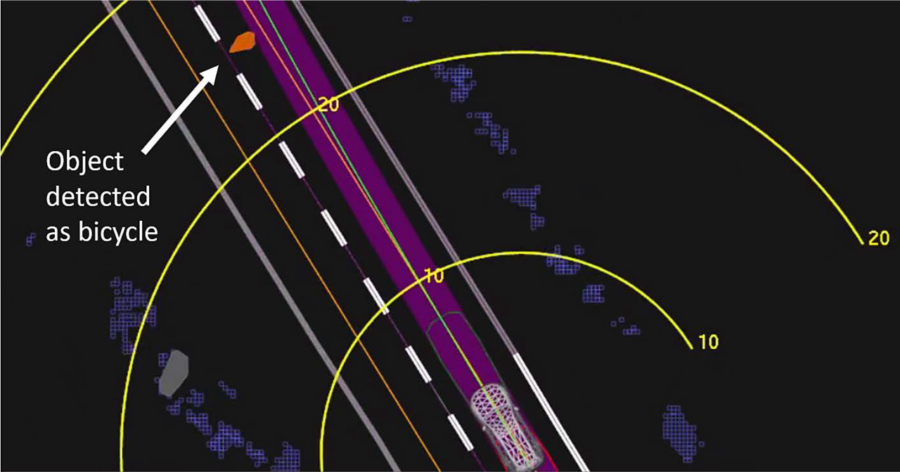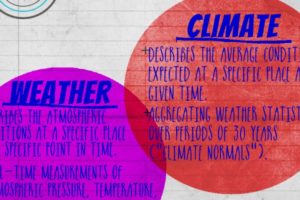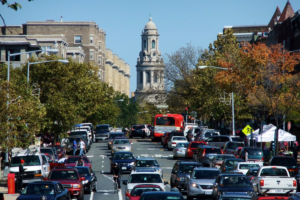If you speak to all the self-driving car supporters today, they will tell you profusely about the benefits of the vehicles – reduced traffic, more free time to do activities, reduced emissions should the cars be electrified, improved access to jobs – but most important is safety. According to the National Highway Traffic and Safety Administration, there were 5,987 pedestrian fatalities in 2016 – the highest number since 1990 – and 847 bicyclist fatalities, the highest since 1991. In addition, accidents due to drunk driving and speeding went up at least 1 percent. On a more positive note, accidents from distractions and drowsiness went down 2.2 and 3.5 percent, respectively.
Overall, however, U.S. road fatalities increased 5.6 percent from 2015 – 2016. This is a disturbing trend, and the protagonists of the self-driving community will tell you that the cars will help to slash the numbers significantly because the human element – at least in the driver seat, is taken out of the equation.
Where the Testing Has Been Taking Place
There has been extensive testing of these cars on the roads today – in states like California, Pennsylvania, and in Canadian provinces like Ontario. Uber and Waymo have taken the lead in testing – Waymo has logged over 5 million miles and Uber, although far behind Waymo, has logged a significant number of miles itself with 2 million. Unlike California, which has been working with testing companies under a regulatory framework, states like Arizona have allowed free reign to the companies to test the vehicles on the public roads, with a backup human in the driver seat to compensate for any deviation in the software. However, what happens if the driver gets distracted and loses focus?
The Human Cause of the Accident
According to a preliminary report released by the National Transportation Safety Board (NTSB), that is exactly what happened when an Uber-branded 2017 Volvo XC90 autonomous vehicle killed a bicyclist in Tempe, Arizona on March 18. The preliminary report released a few days from the Tempe police suggested that Uber was likely ‘not at fault’ for the incident. The NTSB report states, however, that the Uber system “registered…observations of the pedestrian about 6 seconds before impact, when the vehicle was traveling at 43 mph. As the vehicle and pedestrian paths converged, the self-driving system software classified the pedestrian as an unknown object, as a vehicle, and then as a bicycle with varying expectations of future travel path.” The emergency braking system was not enabled when the computer was controlling the vehicle, to “reduce the potential for erratic behavior.” If enabled, however, the car would have likely detected the bicyclist (which it did 1.3 seconds before the collision) and made an emergency stop. The driver appeared to have been distracted by looking down at the computer console and did not see the bicyclist step out into the street. By the time the driver looked up, saw the bicyclist and pressed the brake, it was too late.
In response, Uber announced that it would shut down its self-driving car operations in Arizona and lay off 300 workers.
Safety Advocates Have Been Warning
Safety advocates across the spectrum have cautioned lawmakers about the apparent speed of the testing of these cars, saying that is too soon to have them tested on public roadways, interacting with pedestrians and bicyclists. Unfortunately, the human element is what caused the tragic accident and death of a bicyclist.
Uber and other companies will have to reassess their procedures for open testing, and states will have to re-evaluate how freely they allow self-driving cars to be tested on their roads. Let’s hope that an accident like this – which could have been entirely preventable should all safety procedures had been followed – will not happen again.




